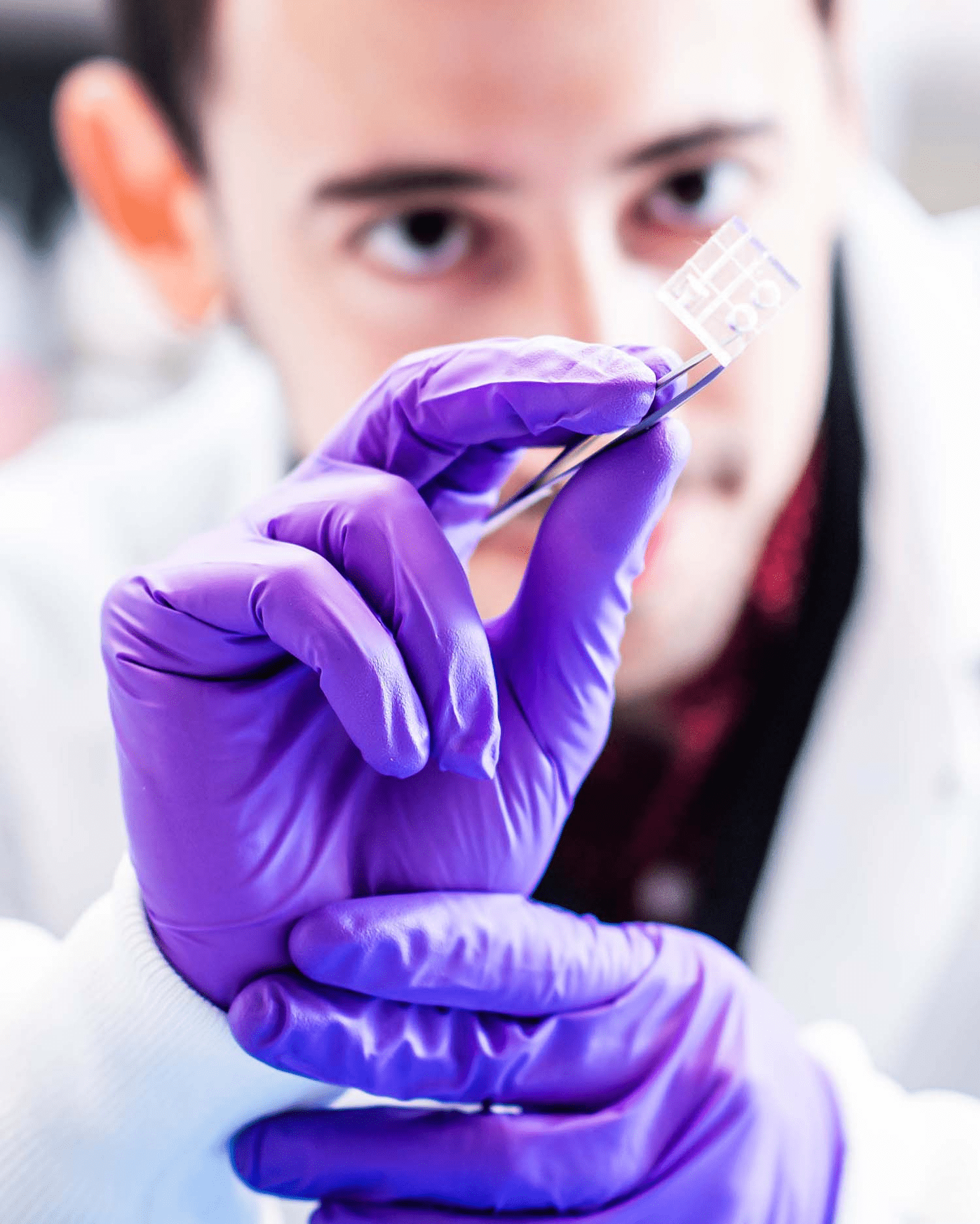The emergence of miniaturized organ simulations in laboratory settings marks a significant advancement in medical research. Recently, researchers at Cedars-Sinai Medical Center in Los Angeles introduced a novel ‘heart-on-a-chip’ model, aiming to revolutionize safety testing for cancer treatments that pose risks to heart health.
This innovative heart-on-a-chip model, developed using matured human induced pluripotent stem cells (hiPSCs), mirrors the rhythmic beating of a human heart, pulsating at approximately 60 beats per minute. The team emphasizes the potential of this technology to reduce reliance on traditional animal models for preclinical drug safety assessments, as highlighted in their published paper.

The hiPSCs, programmed to differentiate into heart and blood vessel cells, were cultured on a flexible silicone substrate called polydimethylsiloxane (PDMS). A key feature of the heart chip design is its dual-channel system, allowing cardiomyocytes and endothelial cells to remain spatially separated yet in close proximity for physiological interaction, mimicking the human cardiovascular system.
By replicating blood flow and cardiac mechanical responses to various drug stimuli, researchers can anticipate potential toxicity issues, such as arrhythmia or muscle cell death. The longevity of the heart-chip permits extended investigations into the effects of drugs and environmental factors on cardiac function over several weeks.

Beyond drug safety assessments, this technology holds promise for advancing our understanding of heart disease progression and treatment strategies. Continuous enhancements in chip development yield precise simulations of human physiological responses at a microscopic level, facilitating comprehensive studies on drug toxicity and cell-specific adverse effects.
Published in The Royal Society of Chemistry’s Lab on a Chip, this research underscores the potential of heart-on-a-chip models in revolutionizing drug screening processes and unraveling cell-specific toxicities associated with cardiotoxic compounds.


